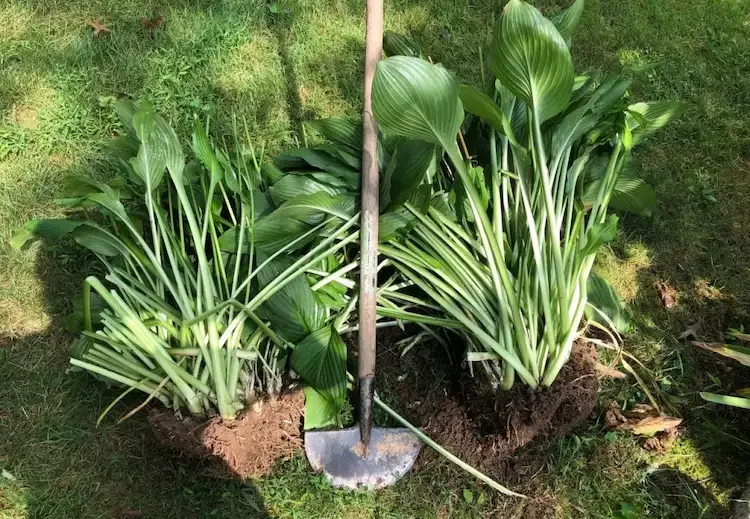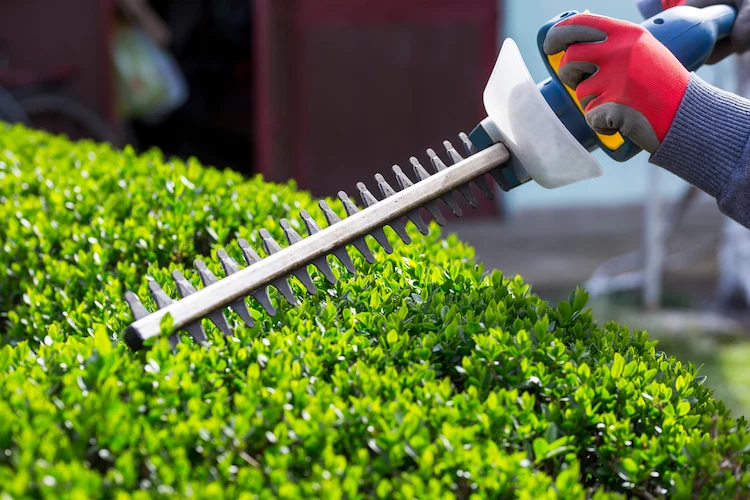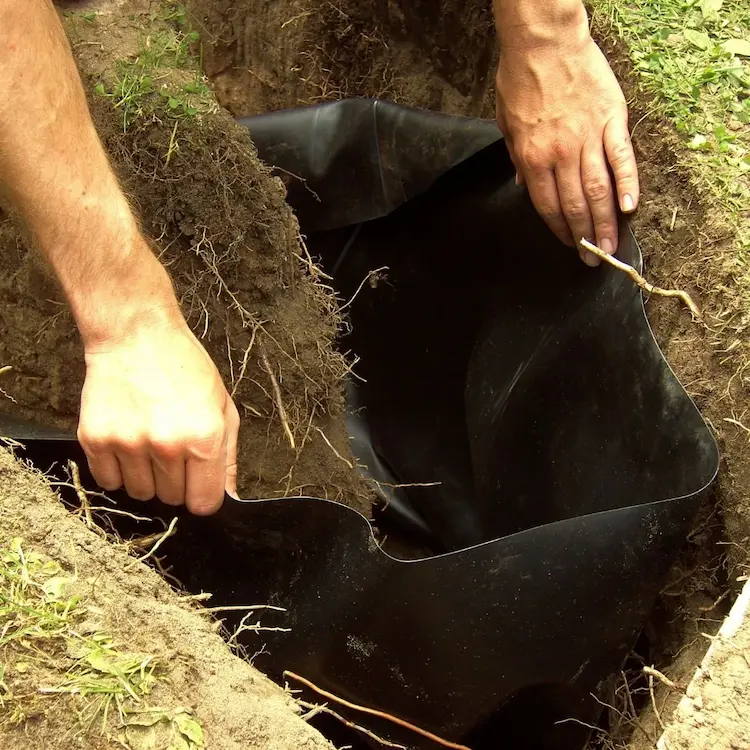A blooming, lush garden can be a real eye-catcher, can’t it! Sometimes though, some plants can get out of hand and turn the outdoor space into a jungle. What do you do when heavily overgrown plants take the lead? It can get annoying and sometimes you don’t have the time to constantly struggle with an overgrown garden. Luckily, there are some simple ways you can curb fast-growing weeds in the garden. And it is best if you take preventive measures. Learn from this post how to do it right so that you can enjoy a tidy and beautiful outdoor space for years!
How to curb overgrown plants outdoors
If your garden is heavily overgrown, you need to take more drastic measures. How to contain a wild plant? Of course, one should use natural means and methods, so that one considers the health of plants and people and supports nature. Here we explain how you can save an overgrown garden naturally and put it back in order. Follow our tips and you will remain satisfied with the result!
Control overgrowing plants in the garden by dividing

Perennials tend to grow quickly and take over large areas of the garden. If your shrubs are overgrown, you can easily divide them. Dig up perennials in the fall, after the foliage has died back, and divide them. Use a shovel or sharp knife to section the shrub carefully and with as few cuts as possible, making sure to leave one or more sticks and a nice root ball with each division.
Tidy up overgrown hedges

Many hedge plants grow quickly and can spread uncontrollably if you don’t take timely action. Just fix them by cutting them and give a good shape that you like. Then provide the hedge well with nutrients and water so that the plants develop properly.
Rejuvenate overgrown shrubs and trees
Overgrown perennials are a major reason for a garden’s untidy appearance. If your shrubs have grown too large, rejuvenate them by cutting off the thickest and oldest shoots from the base with a pruning saw or pruning shears. Every winter, remove up to a third of the oldest shoots and leave the rest. The remaining wood can be cut back by half after flowering. How to put the shrubs in order. There are various pruning techniques that can be used when designing an overgrown garden. The taper pruning is especially useful when you have large trees and neglected shrubs that have become overgrown with untidy branches growing in all directions.
Weed control with natural methods

Weeds are one of the most common problems in the garden. Gardeners are often desperate when they have to constantly control weeds. Well, it’s time consuming and tedious. Hand weeding is a surefire way to control weeds, but there are other ways to tidy up overgrown gardens.
First you can cut the weeds with a trimmer. So you can see what you are dealing with. Cut weeds to within a few inches of the ground. Then you can use a harmless and environmentally friendly method of weed control by covering the area with black foil. This method is called solarization and will kill all weeds and seeds within a few weeks. The foil prevents weed seeds from taking root. Pin the seams with landscape staples about a meter apart.
Digging in barriers against rampant plants in the garden

You can use stones as barriers in the garden so that the plants do not get out of control. Typically, traditional root barriers are made out of plastic, but you can get creative and use other materials that won’t degrade and are durable. The root barrier is placed vertically on the walls of the planting hole. Foils between 20 and 80 centimeters wide are sufficient for most plants. This makes it easier for you to maintain your garden and curb rampant plants.
Use mulch to prevent overgrowth of plants

Gardeners know they should mulch to suppress weeds and conserve water, but mulch also serves an aesthetic purpose. When you mulch your garden, you also give it a more beautiful and tidy outlook and elegance. Pine bark or wood chips are the best types of mulch. They also enrich the soil as they decompose. A layer of mulch about 15 cm deep is well suited.
Do not choose invasive garden plants

Choose your plants carefully if you don’t want to do too much work in the garden. Avoid invasive plants or combine them with native species to create a balanced environment. Here is a list of plants that are flagged as invasive for Germany:
- Götterbaum (Ailanthus altissima)
- Ragweed (Ambrosia artemisiifolia)
- Oriental Jag (Bunias orientalis)
- Japanese knotweed (Fallopia japonica)
- Sakhalin-Staudenknöterich (Fallopia sachalinensis)
- Bastard knotweed (Fallopia x bohemica)
- Giant Hogweed (Heracleum mantegazzianum)
- Drüsiges Springkraut (Impatiens glandulifera)
- Vielblättrige Lupine (Lupinus polyphyllus)
- Black Locust (Robinia pseudoacacia)
- Kartoffel-Rose (Rosa rugosa)
- Narrow-leaved groundsel (Senecio inaequidae)
